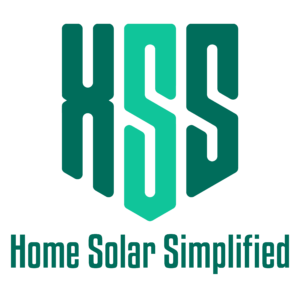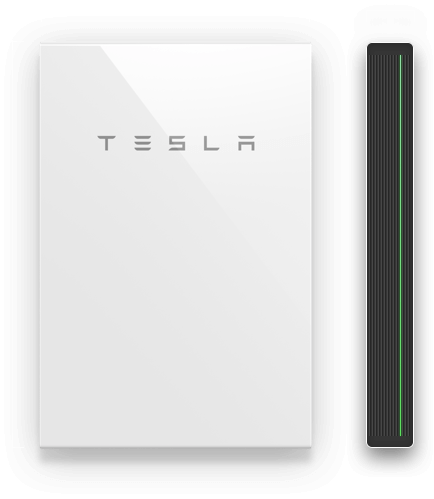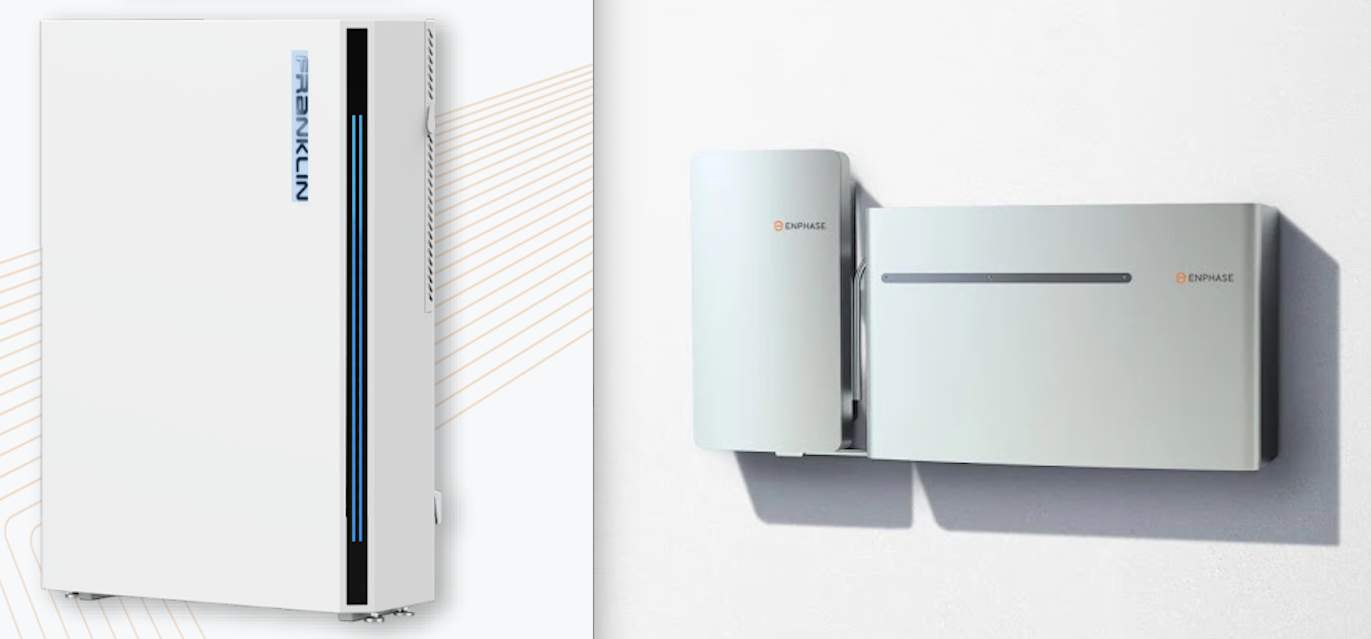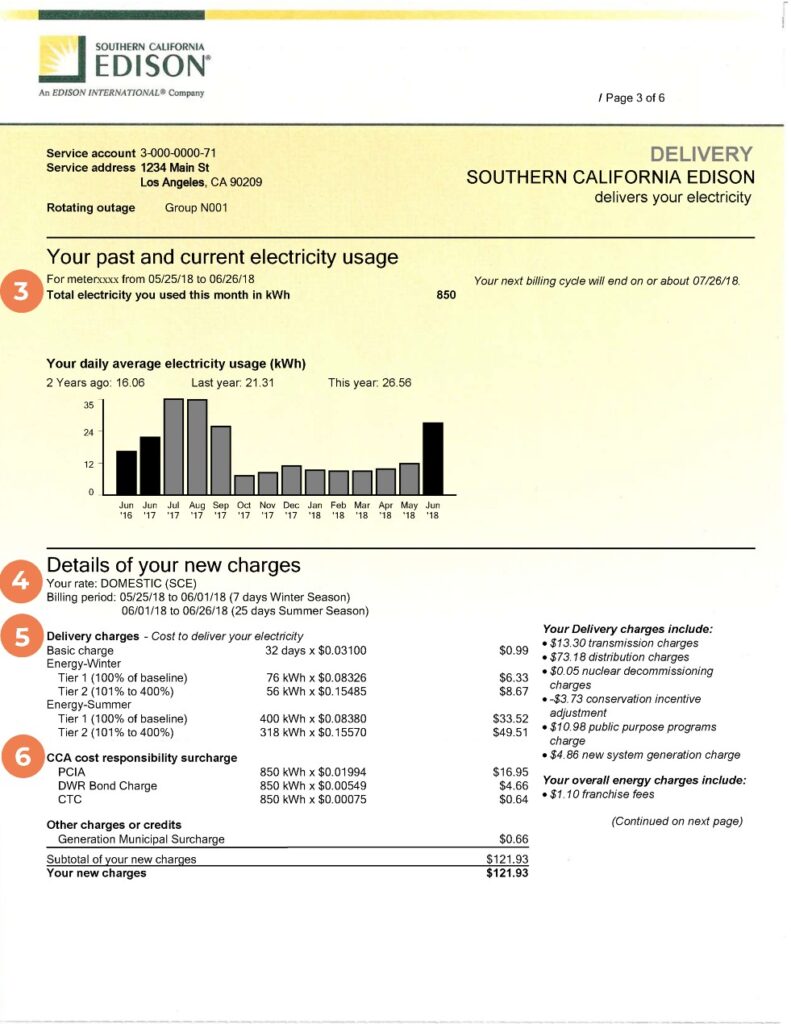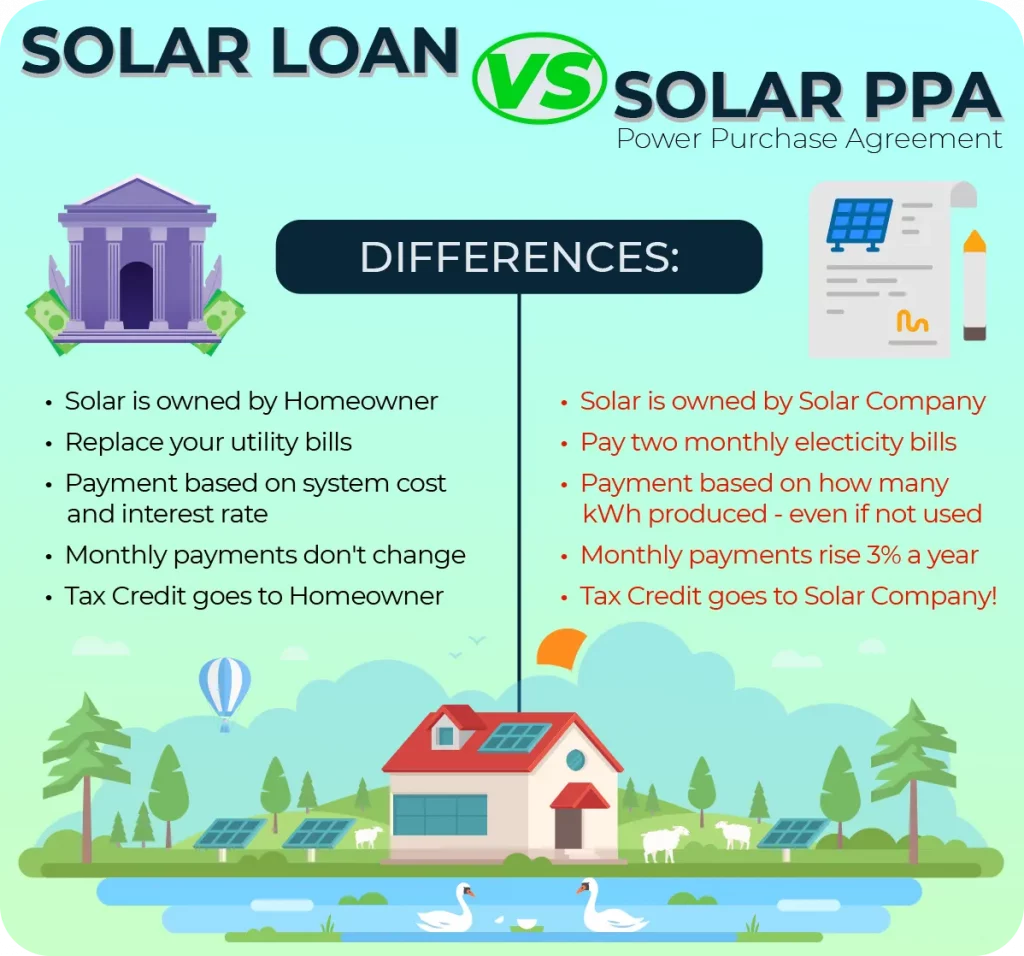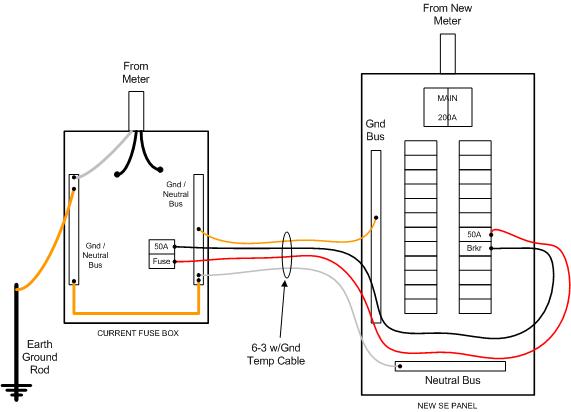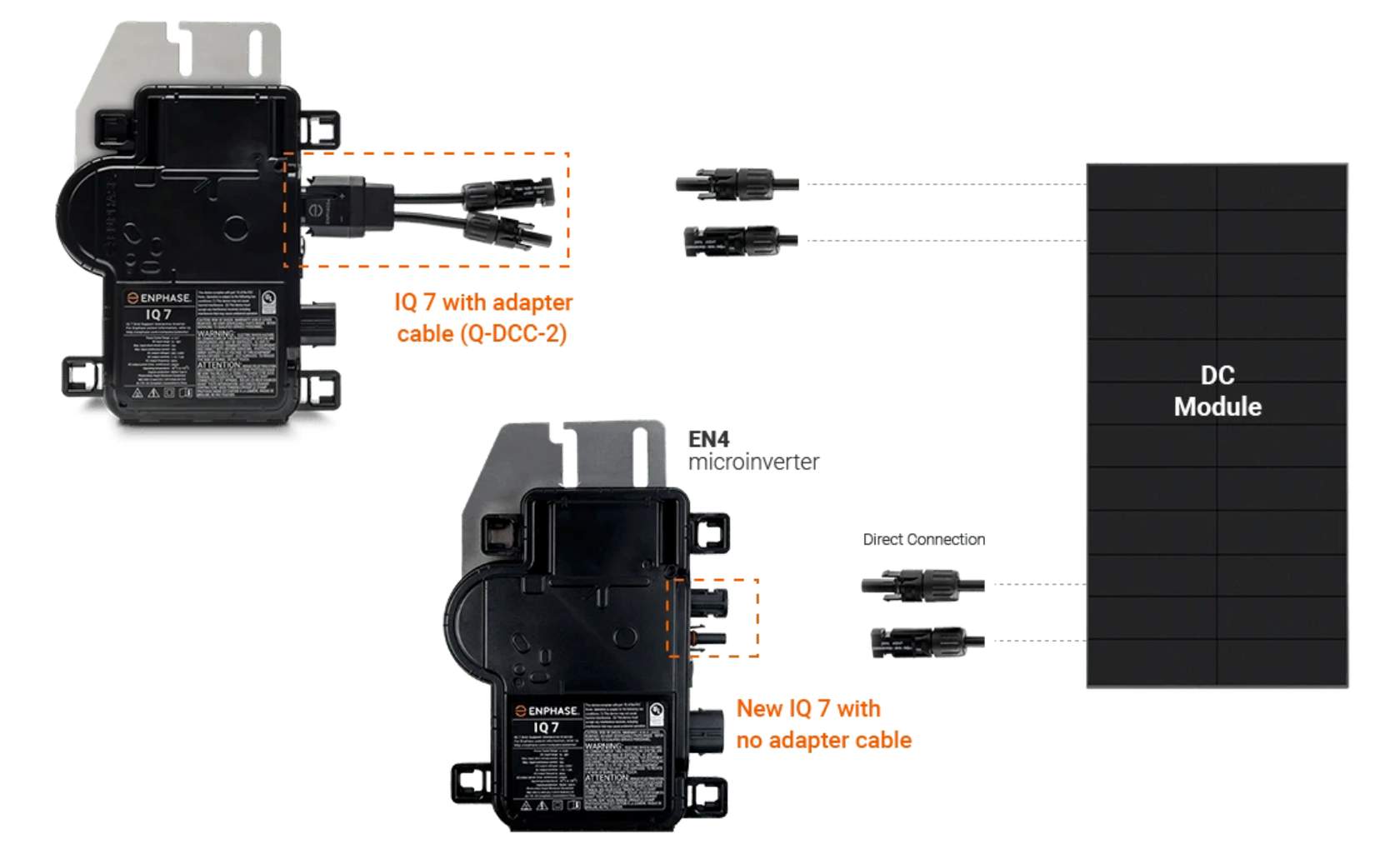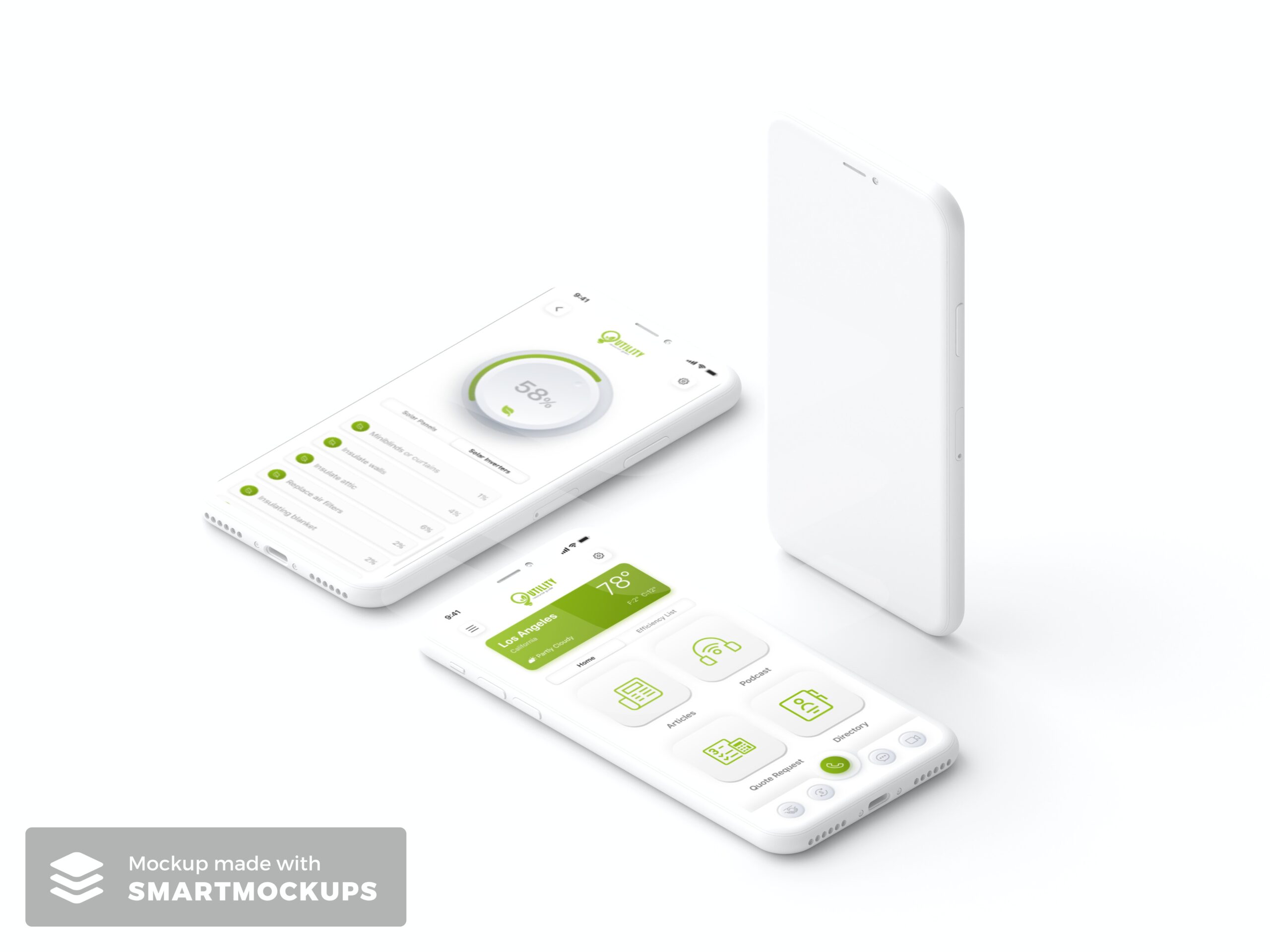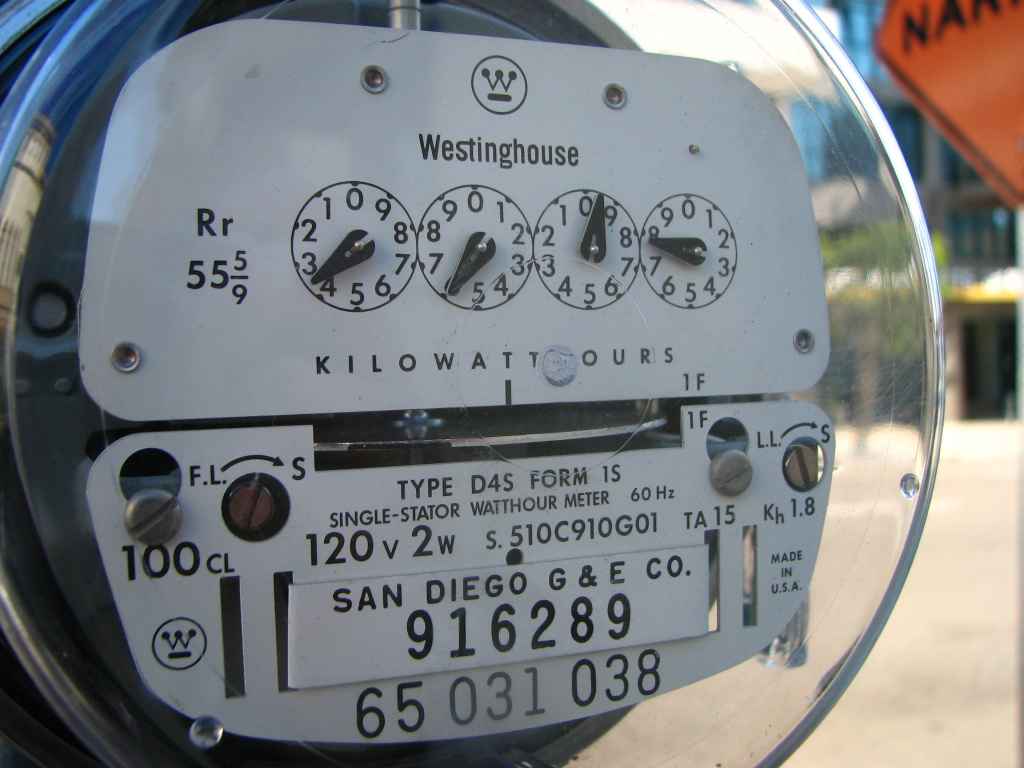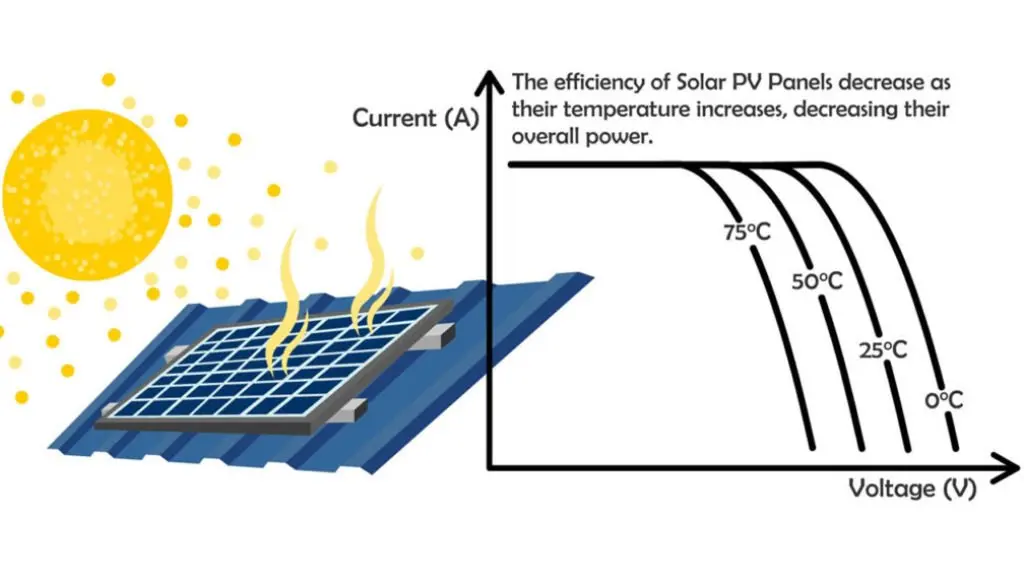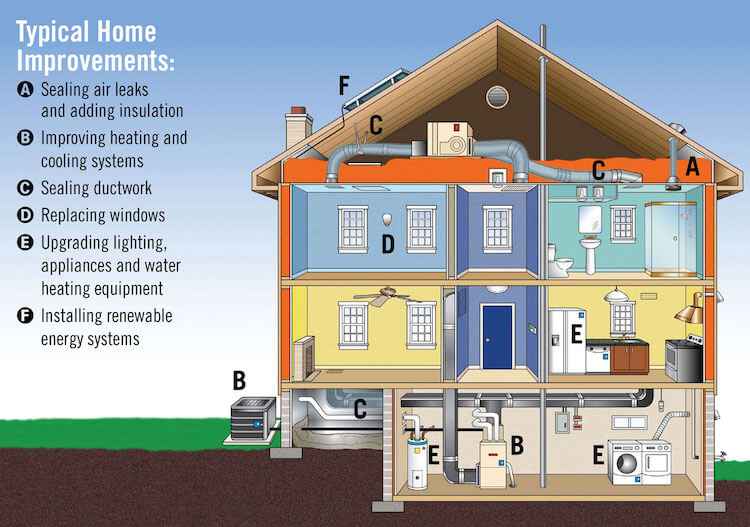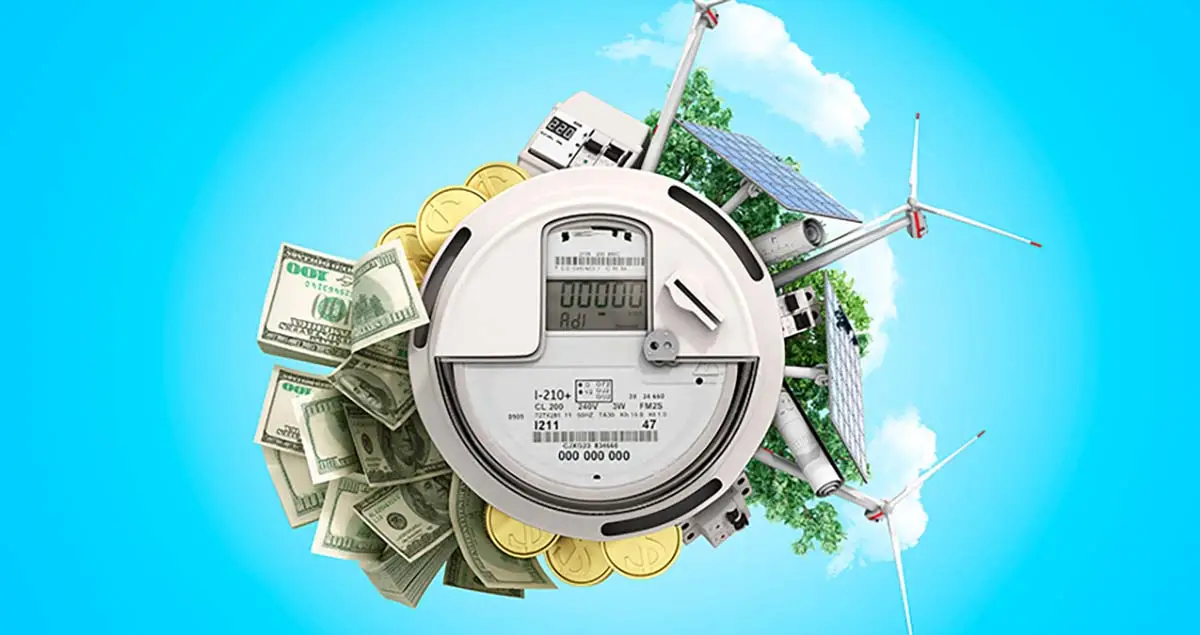
Solar offset is a concept that illustrates the distinction between the energy generated by your solar panels and the energy you consume from the grid. In simpler terms, it represents how much of your energy needs are covered by your solar panels. For instance, if your solar offset is 90%, it signifies that your solar panels are generating enough energy to satisfy 90% of your electricity consumption, leaving only 10% to be sourced from your utility company.
When your solar system is operational, you morph from a mere energy consumer into an energy producer. This occurs because, during periods of excess solar generation, the surplus electricity is transmitted back to the grid for others to utilize.
Net Metering and True-Up Statements: Unraveling Solar Billing
Net Metering Statements and True-Up Statements Explained
Net Metering Statements and True-Up Statements are crucial components of solar panel ownership, facilitating transparent billing and a comprehensive overview of your solar power contributions.
Understanding How Net Metering Works
Net Metering is a mechanism designed to manage the exchange of surplus energy. Imagine your solar panels producing more energy than you’re currently using. In this scenario, the surplus energy is channeled back to the grid. The mechanism responsible for quantifying this exchange is the “net meter,” which is integrated into your system. Notably, this net meter operates in reverse when you contribute energy, and you receive credit for the value of the energy you provide to the grid.
Conversely, during periods when your home requires more energy than your solar system can produce, you tap into the grid for additional power. In this case, the same net meter measures your grid consumption. Depending on the specifics of your utility company’s net metering policy, the energy you source from the grid might be offset by the energy you contribute.
When a billing cycle concludes, your utility calculates your “net usage.” This essentially quantifies the disparity between the energy your solar system generates and the energy you draw from the grid. If your solar production surpasses your grid consumption, you accumulate credit, which can be quite beneficial.
Billing for Solar Homes Connected to the Grid
It’s important to note that even with a surplus of solar-generated energy, utility companies continue to levy charges. These charges include the “utility service charge,” which covers the cost of remaining connected to the grid. This charge applies regardless of the excess energy your solar panels contribute to the grid.
The True-Up Period and Energy Reconciliation
The True-Up Period is a pivotal time frame during which utility companies assess the energy generation and usage of net metering customers. This period spans a full year, commencing from the activation date of your solar system, often marked by the Photovoltaic Turn On (PTO) date.
The essence of the True-Up lies in reconciling the discrepancy between the energy you generate and the energy you consume with the utility company. The frequency at which this reconciliation takes place determines the specifics of the True-Up process.
Yearly Energy Reconciliation: The True-Up Statement
The culmination of the True-Up Period triggers the issuance of a True-Up Statement by your utility company. Typically provided near the anniversary of your solar system’s power generation commencement, this statement consolidates all energy-related transactions over the preceding 12 months.
Contained within the statement is an itemized breakdown of the credits you’ve earned through energy contribution juxtaposed with the charges accrued for consuming utility-provided electricity. If your energy production surpasses your consumption, the treatment of these credits hinges on the policies of the utility company or your personal preference.
Net Metering Statements: Monitoring Energy Flow
Net Metering Statements play a vital role in comprehending the flow of energy within your solar system. They offer a comprehensive view of your monthly net consumption and production, granting insights into your energy contributions and utilization.
Billing Frequency Options for Net Metering Customers
Billing frequency varies among utility companies, impacting how you manage your energy costs. Net Metering customers usually have two primary billing frequency options:
Option 1: Monthly Billing Frequency with Annual True-Up
In this familiar setup, you receive a monthly electric bill reflecting accrued charges for grid-consumed electricity or credits earned for excess solar generation. At the year’s end, the True-Up statement settles any outstanding charges or credits in accordance with your utility’s policies and your chosen approach.
Option 2: Annual Billing Frequency with Annual True-Up
Certain utility companies offer an alternative that enables customers to receive an annual electric bill instead of monthly one. In this scenario, you receive a Net Metering Statement summarizing energy contributions and consumption. As the True-Up Period concludes, you have the choice to remit the total energy charges for the year or retain your energy credits.
Monitoring Solar Performance and Energy Usage
Monitoring the performance of your solar system and understanding your energy usage is pivotal for maximizing the benefits of solar panel ownership.
If your solar setup incorporates a central inverter, you can conveniently monitor its production by navigating its digital display menu. Central inverters often provide a comprehensive record of your solar system’s total power output.
Microinverter-based systems offer digital production monitoring through online portals, while many string inverters provide similar features for accessing production data online.
To gain a visual indicator of your solar panels’ power production, you can observe the net meter provided by your utility company. This meter’s direction reverses during solar power generation. If your solar system generates more energy than you consume, you’ll notice a negative reading on the meter by the year’s end.
Monitoring Your Energy Usage: Unveiling Consumption Insights for Solar System Owners
While solar systems don’t inherently provide information about your power consumption, several methods allow you to uncover this valuable data.
By installing usage monitors, you can accurately gauge the energy consumption of individual appliances or devices. Moreover, you have the option to install monitors on your electric panel, offering a comprehensive understanding of your entire household’s power consumption.
Should you desire a deeper understanding or a personalized quote, don’t hesitate to reach out to Freddie Avila, our knowledgeable solar consultant, at freddie@hssimplified.com. Freddie can provide insights and guidance tailored to your unique solar journey.
